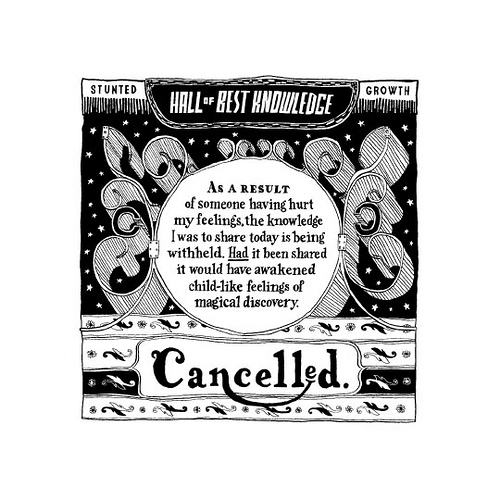Entries in Who Knows? (5)
Our Daily Bird 56: TV on the Radio
 Friday, January 14, 2011 at 2:13PM
Friday, January 14, 2011 at 2:13PM  Share Article
Share Article This Old House
 Thursday, November 18, 2010 at 7:53AM
Thursday, November 18, 2010 at 7:53AM I've been thinking a lot about why I don't like houses or furniture, or anything really, that's new but made to look old, furniture that's "distressed" to make it look weathered, wood floors banged up with a hammer so they look worn.
There is something about this that strikes me as untrue, and I realized what it was when I came across this paragraph in Bayles and Orland's book, Art & Fear. They said,
Today, indeed, you can find urban white artists – people who could not reliably tell a coyote from a German shepherd at a hundred feet – casually incorporating the figure of Coyote the Trickster into their work. A premise common to all such efforts is that power can be borrowed across space and time. It cannot. There’s a difference between meaning that is embodied and meaning that is referenced. As someone once said, no one should wear a Greek fisherman’s hat except a Greek fisherman.
When what looks old really is old, its meaning is embodied, not referenced - and trying to borrow the power of 'old' across space and time can only be referential; it isn't what it is.
If you can't borrow power across space and time then, what's left but to discover your own and embody its meaning yourself?
 Share Article
Share Article Conversation
 Tuesday, November 16, 2010 at 10:12AM
Tuesday, November 16, 2010 at 10:12AM The conversation we had last night in Canadian Tire:

Canadian: “Hey look! It’s a Christmas moose!”
Scottish-Canadian: “That’s not a moose.”
Canadian: “Yes it is.”
Scottish-Canadian: “No it isn’t.”
Canadian: “Yes it IS.”
Scottish-Canadian: “No it isn’t. That’s a reindeer.”
Canadian: “That’s not a reindeer. That’s a moose.”
Scottish-Canadian: “It’s a reindeer!”
Canadian: “It is NOT a reindeer. It’s a MOOSE.”
Scottish-Canadian: “Why would it be a moose? Christmas has reindeer.”
Canadian: “It’s Canada. It’s Christmas. It’s a Christmas moose.”
Scottish-Canadian: [long pause] “That’s crazy.”
 Share Article
Share Article 









